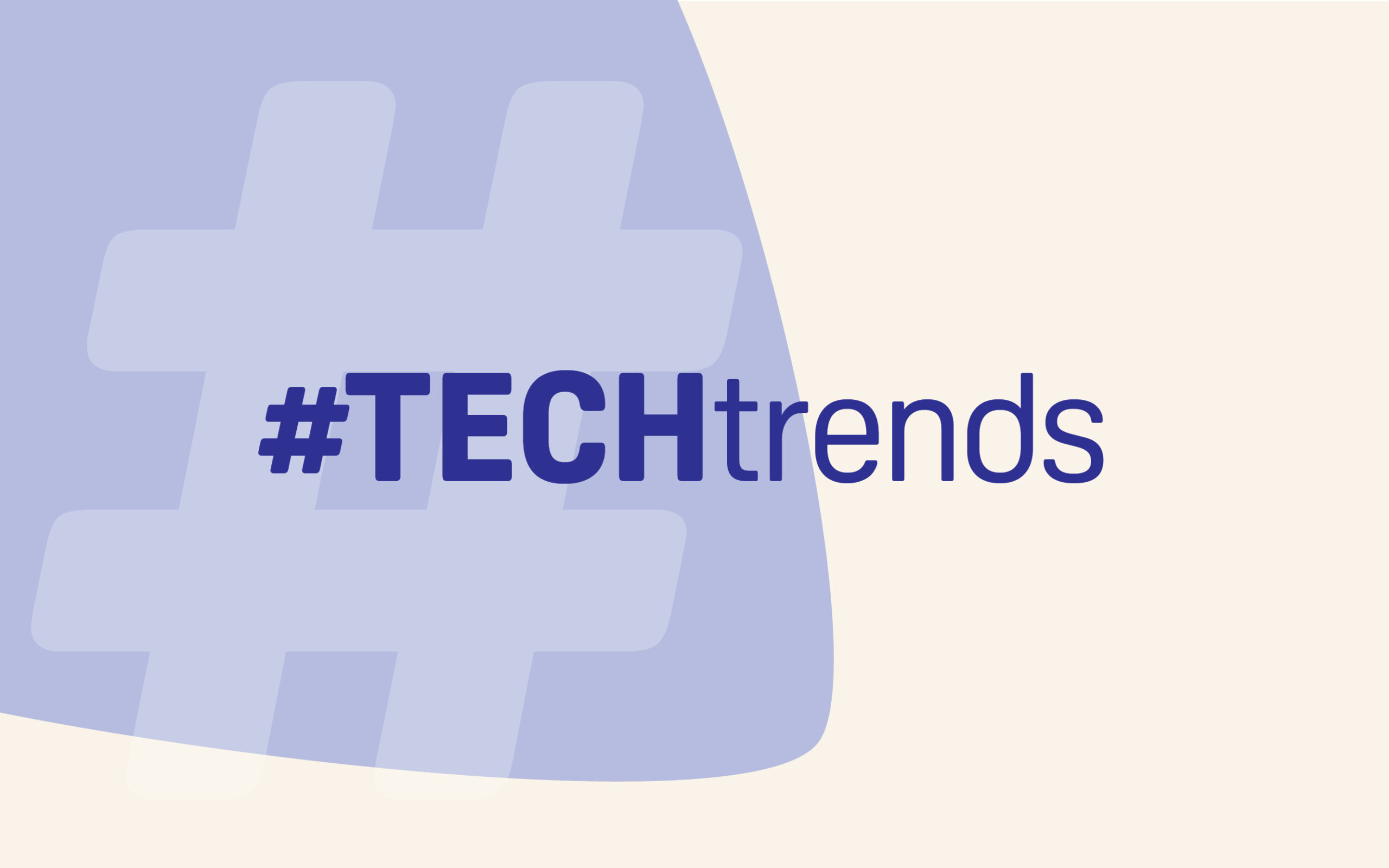
The extensive lockdowns due to the Covid-19 pandemic have compelled leaders in education, training and lifelong learning to experience the utility of technology-enabled learning. The pandemic
has led to noticeable learning losses globally, which may have an impact on governments’ ability to achieve SDG4 in the next eight years. In this context, can artificial intelligence (AI)-based services offer support and help in achieving the goals at hand? The application of AI in education has been around for a reasonably long time, beginning as early as the 1980s, and a wide range of its uses have been recorded in research as well as in commercial literature. Better-known uses of AI in more recent times are intelligent tutor systems (ITS) and AI-powered teaching assistants. Investment in ITS has resulted in over 60 systems being available commercially.
The use of AI in the remote proctoring of examinations during lockdowns was reported to be successful during the last two years.
AI has been deployed for mining data from learning analytics on a pilot scale. There was an early effort to curate thousands of online educational resources using AI to render them easier for adaptation and reuse.
Every major international technology company is now offering “AI-as-a-service,” reducing or eliminating the need for user organisations to invest in algorithm development. However, a large
proportion of AI applications in education are still being tested. A sizeable number among them are student-facing applications, with very few being teacher centred.
Just as the World Economic Forum has provided a global framework for AI in business, the Beijing Consensus (2019) can be thought of as providing a global framework for AI in education. The consensus is that the ethics of AI, equity and inclusion should be the core considerations in planning for AI in education. The teacher should be the principal stakeholder.
Augmented intelligence — the blending of human and artificial intelligence — is considered stronger than either working alone. It should be possible to design applications where the teacher’s agency is blended with AI to make learning and delivery even more effective. This is also important in making learning more scalable while offering a personalised experience. A well-developed framework for a hybrid of human and machine intelligence is already available. This has been developed using a range of theoretical and practical Al approaches, including big data and advanced machine learning. In COL, an effort is underway to build a prototype whereby a teacher can use AI to recommend appropriate and relevant OER for a particular context.
AI can contribute more towards achieving SDG4 if the Beijing Consensus facilitates teachers and AI functioning together using augmented intelligence approaches.


